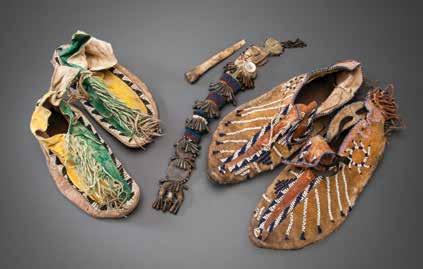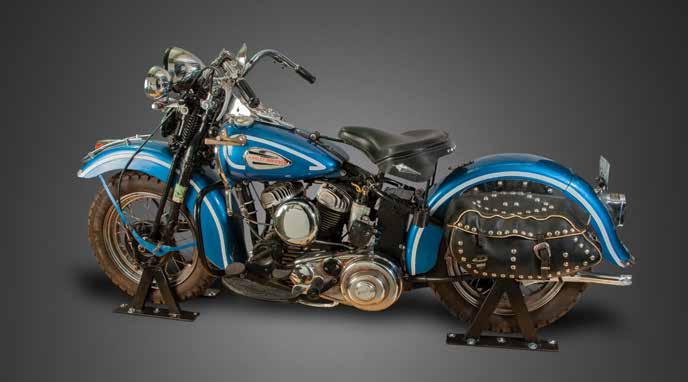
3 minute read
NEW MEXICO HISTORY MUSEUM
Digital Dive— Into History!
As New Mexico History Museum staff weather the coronavirus pandemic at home, their work on future exhibitions and educational programming continues.
Staff are also devising current and creative ways to reach museum-goers digitally, ensuring that you stay close to the museum while staying home.
These online offerings include community-sourced personal stories as well as featured photos from the Palace of the Governors Photo Archives collection.
Visit these resources and stay connected today!
nmhistorymuseum.org
• Digital Books • Digital Collection • Historic Maps as a Teaching Tool
Curriculum Interactives • Lectures • Online Exhibitions • Palace of the Governors Online
Exhibitions • Palace of the Governors Photo
Archives • Photo Archives Blog • Podcasts
Social Media
• Facebook • Twitter
Visit museumfoundation.org/ virtual-visit for links to all online resources.
New Mexico History Museum
Reflecting History Palace Collections in Context
A 1760 retablo of Santa Barbara painted by Bernardo Miera y Pacheco. Gustave Baumann’s printing press. A photograph of a woman in a flapper dress, circa 1920.
These are just a few examples of the wide-ranging collections at the Palace of the Governors. The New Mexico History Museum spotlights more than 300 of these objects, documents and images in the exhibition Looking Back: Reflecting on Collections, currently scheduled through March 7, 2021.
Looking Back displays textiles, WPA-commissioned artworks, retablos and bultos, international art and artifacts, historic and contemporary regional photographs, and even an early 20th century hearse buggy.
Lead curator Alicia Romero and her History Museum collaborators dug deep to find objects that tell intriguing stories beyond their beauty or value. Because of ongoing renovations at the Palace of the Governors, exhibiting what Romero calls “a small fraction” of the collection in the History Museum building was a rare opportunity to show these treasures in different contexts.
Rather than letting the items speak for themselves, Looking Back expresses some of the difficult questions curators must ask about them. “Why do we have this?” Romero asks rhetorically. “Is it appropriate to have this? Was it appropriate to collect it? Was that a fair deal?”

Left: Mescalero Apace moccasins, ca. 1880. NMHM/DCA 1990.414.013ab. Middle: Mescalero Apache bone awl and case, ca. 1870. NMHM/DCA 1990.414.010ab. Right: Jicarilla Apache moccasins, ca. 1880. NMHM/DCA 1990.414.005ab. Photo by Blair Clark.
Harley Davidson WLD motorcycle, 1940. NMHM/DCA 2014.030.001ab. Gift of Francis H. Harlow. Photo by Blair Clark.

Looking Back also presents the institutional challenges of maintaining historical collections in the 21st century, including the ongoing travails of trying to keep a collection of various ages and materials intact in an institution dependent on public funding.
A prime example is that century-old hearse. How do museum staff collaborate to store, conserve and restore such a thing?
“As a state institution, we don’t have a lot of funds to go around to take care of all the needs we have,” Romero explains. “The preservation of our objects is really critical and crucial. These are in our care and we need to do the best we can to make sure that they’re available for future generations.”
The exhibition is also an opportunity for the museum to engage visitors in dialogue around some of the issues raised in Looking Back.
Planned public exhibition programming, which Romero says requires private funding, includes a monthly book club series spotlighting books about collections issues. Private support is also needed for public workshops. These will address how to build a family archive or repair a valuable but damaged book. And a lecture series featuring local experts will educate the public on the ethical collection and repatriation of museum objects.
While Looking Back will give all visitors a sense of the Palace’s collection and its unique needs, Romero hopes that local residents will feel a greater sense of connection to items that represent a collective New Mexico heritage.
“We do want people here to feel like this is their museum,” she says. “They can come back on a regular basis and see something that applies to them.”
Plans for future exhibitions, though current as of April 30 press time, are subject to change.










